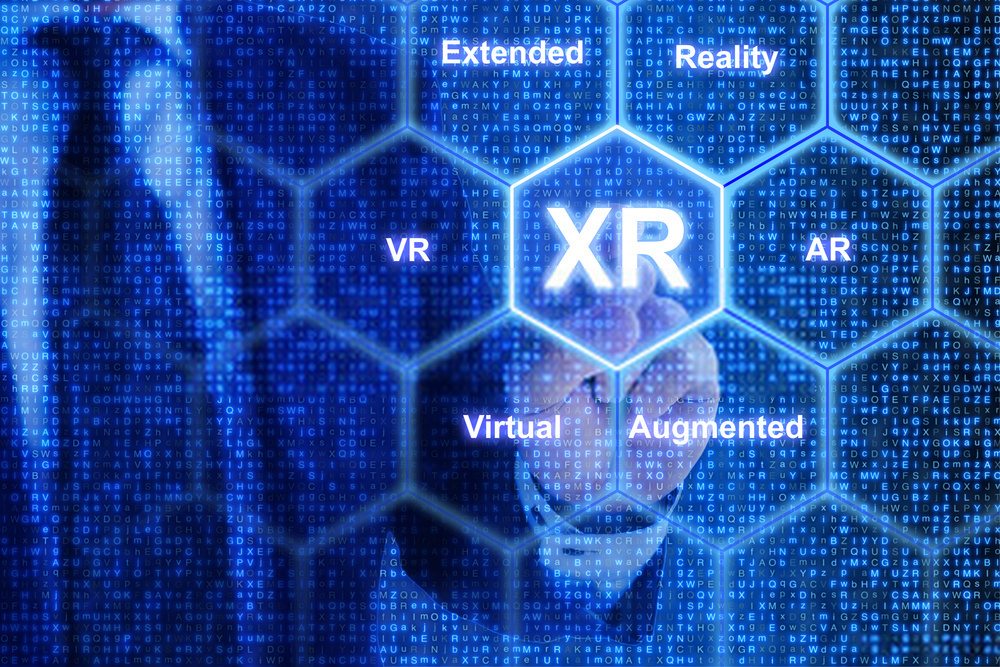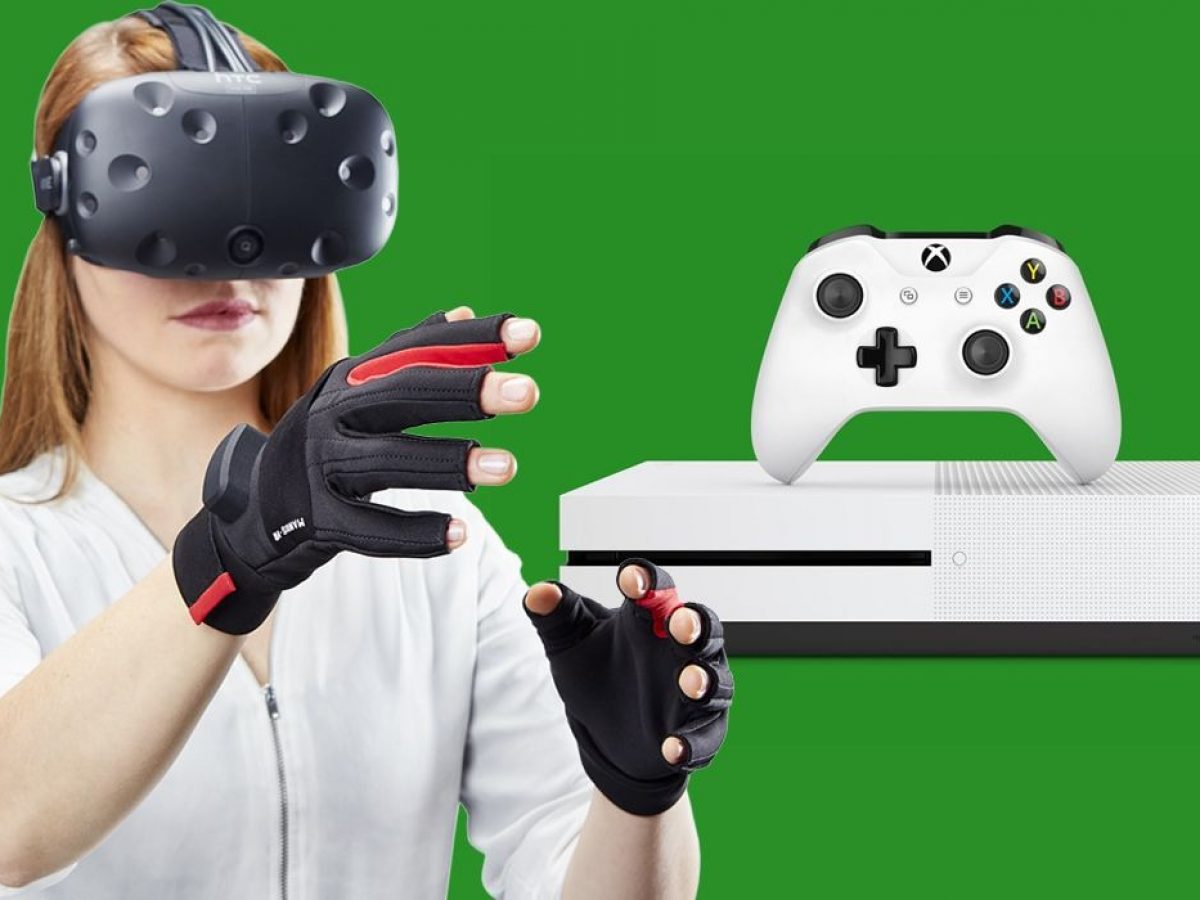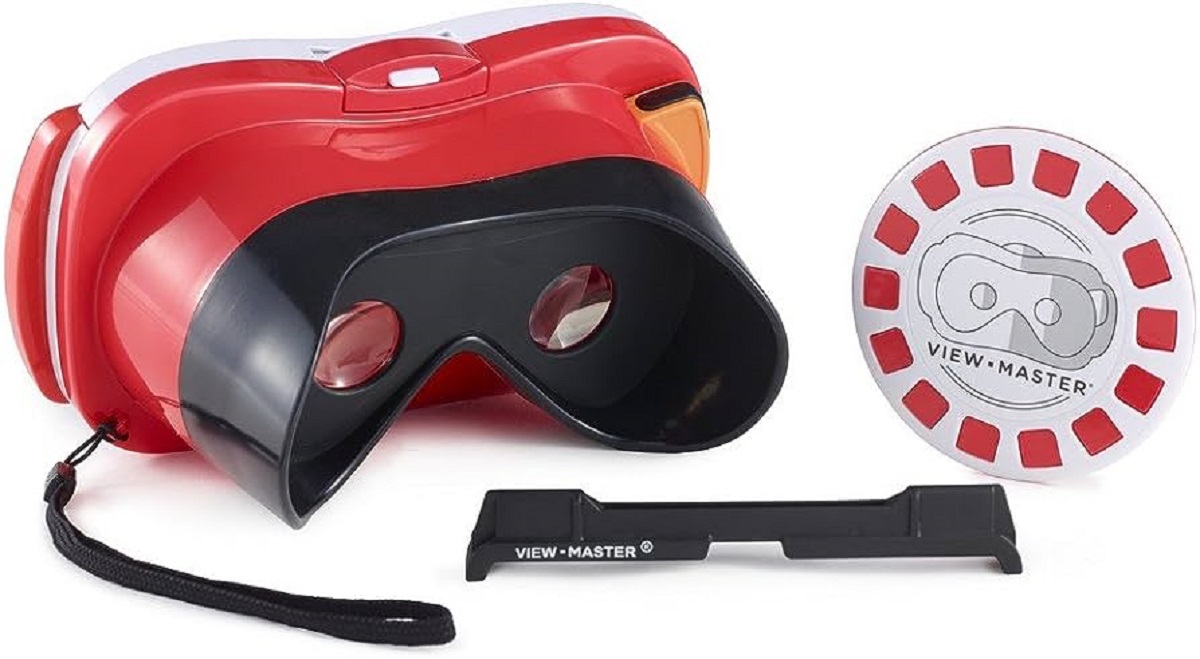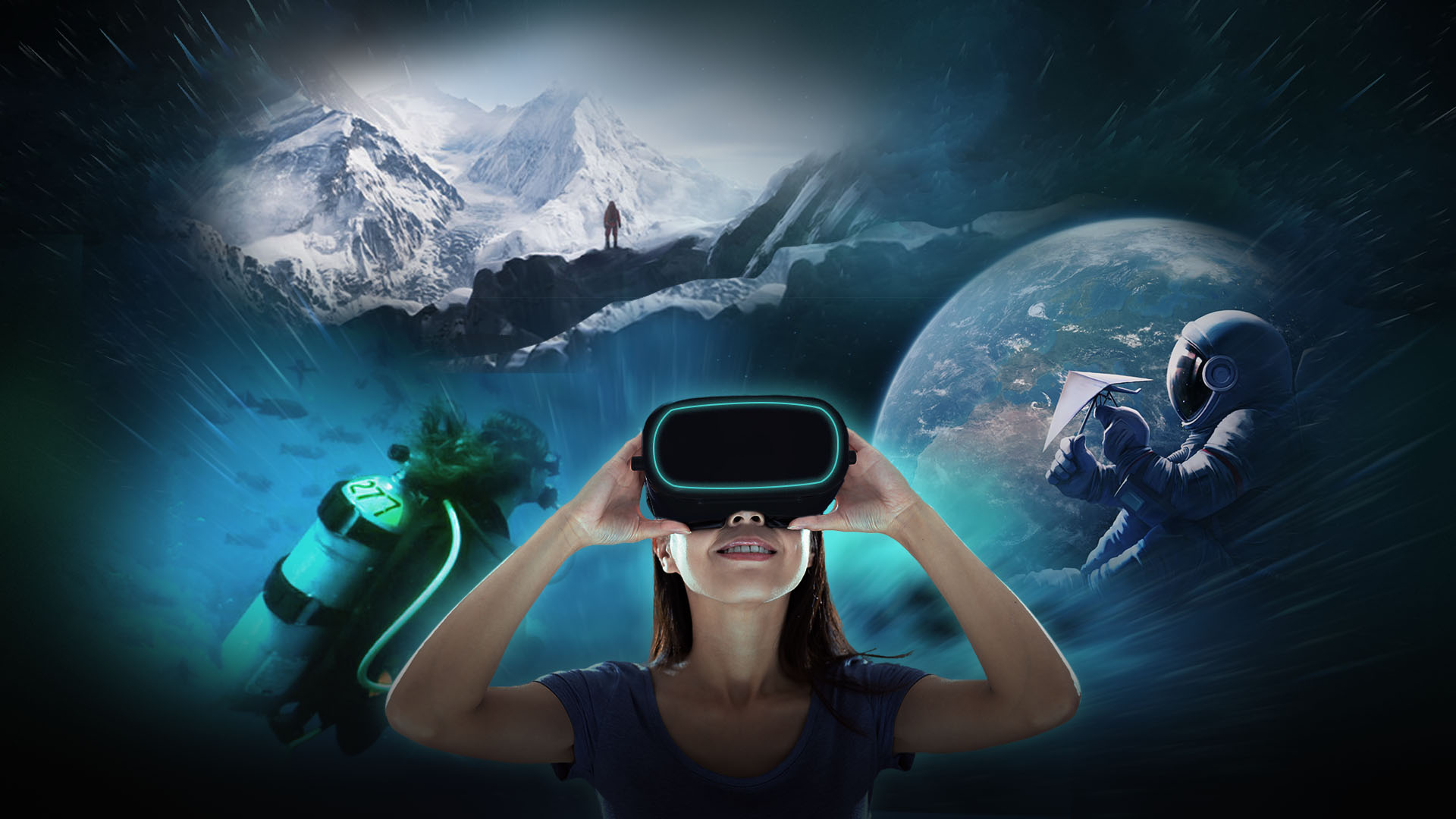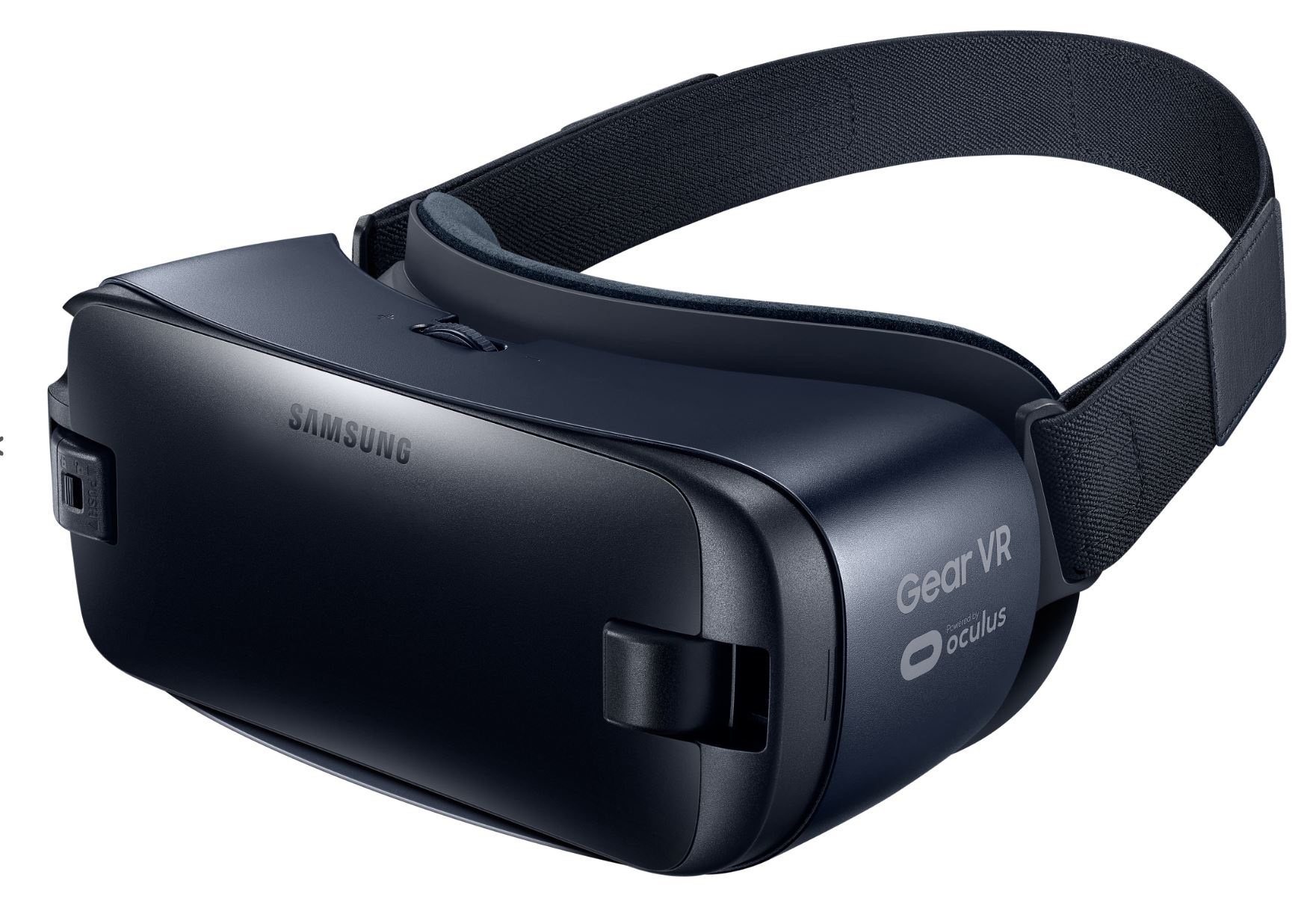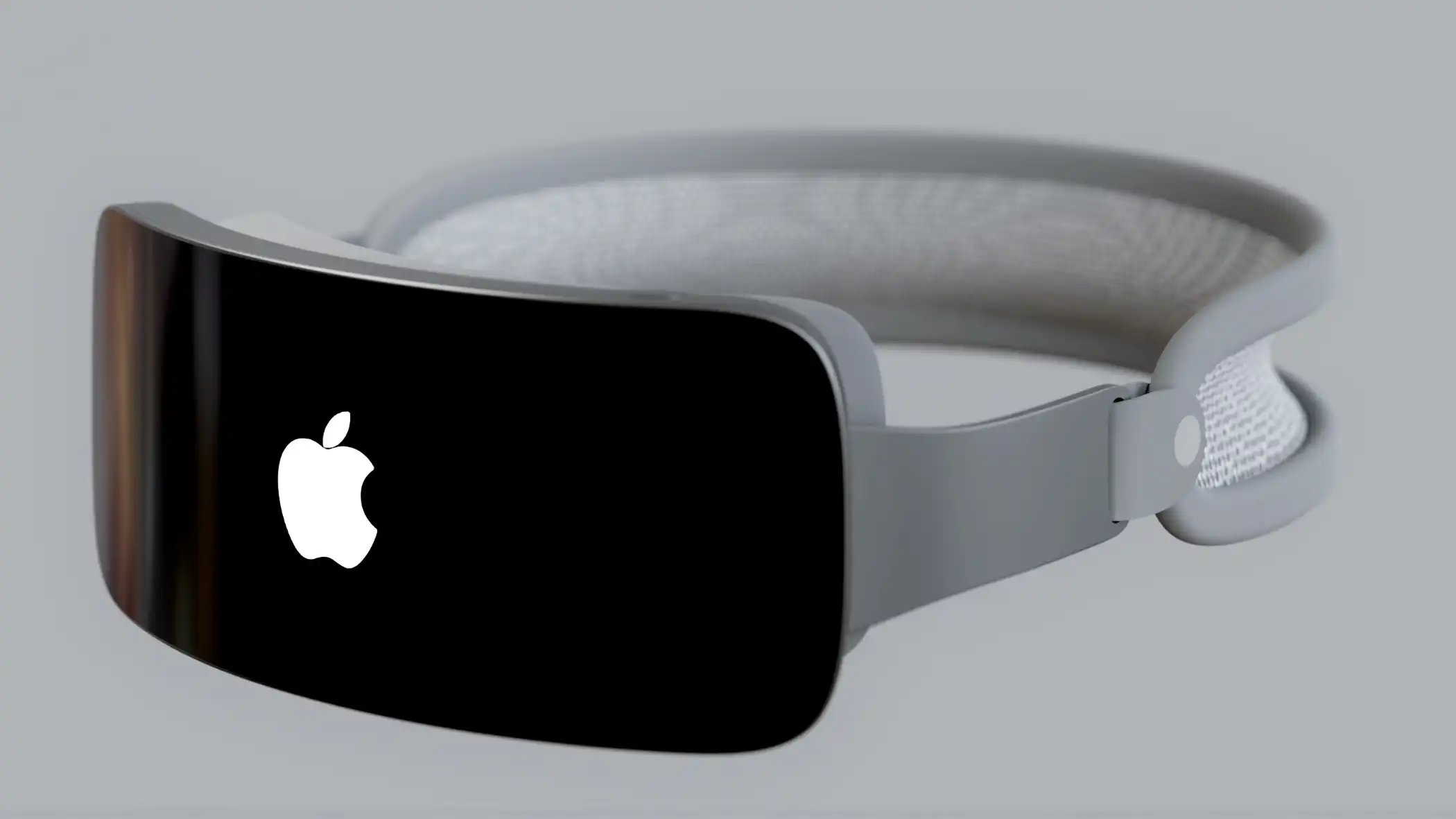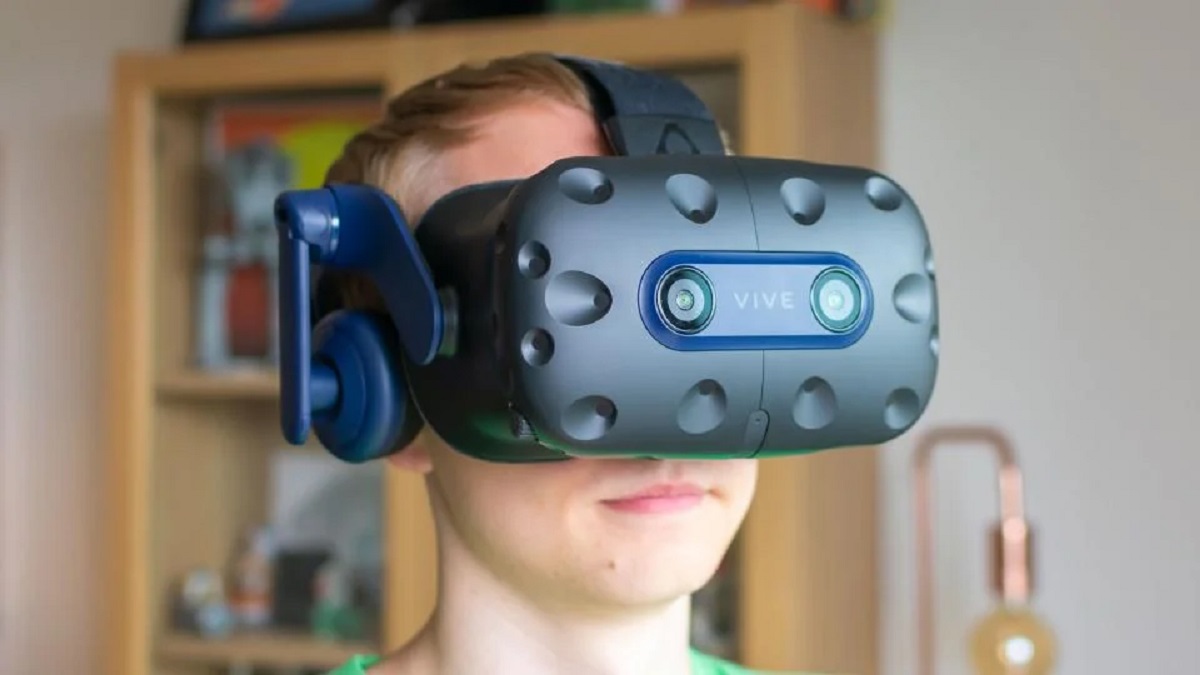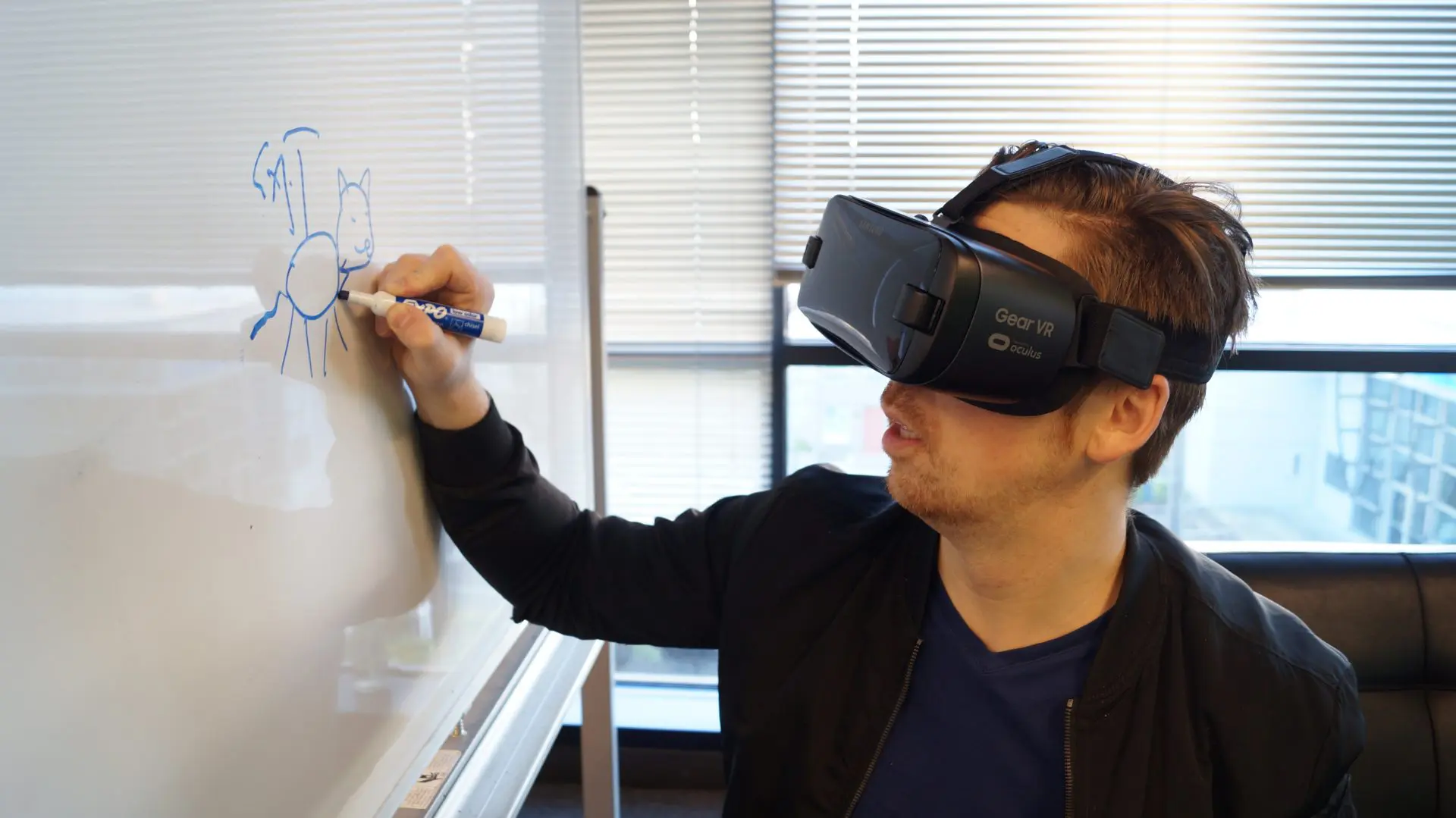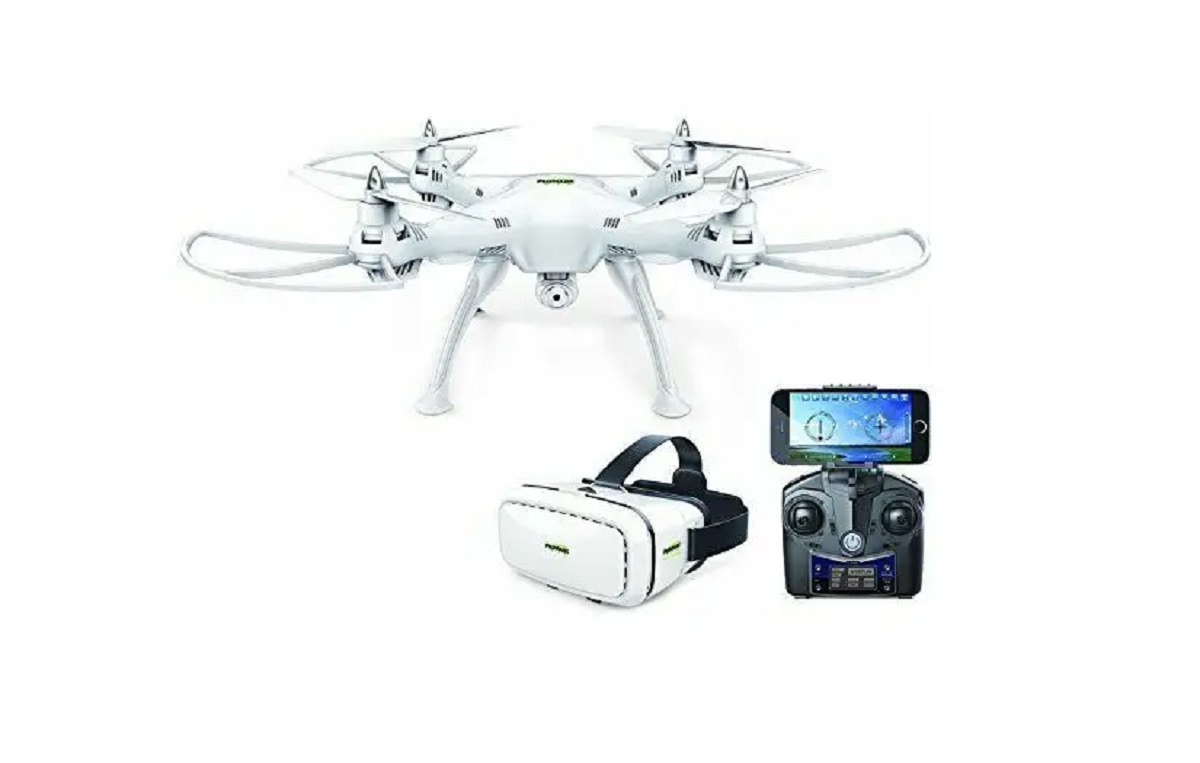Technology is constantly evolving as we work to create and innovate, replacing old processes and obsolete technologies with new and improved ones. Today, we are well into the age of augmented (AR) and virtual reality (VR), where we are able to project cyber realities onto the real world and even enter these cyber realities respectively.
Both types of reality fall under the umbrella term extended reality (XR), as they extend the limits of reality in some shape or form. In this article, we’ll examine what XR is in detail and how it will further reshape the world as we know it today.
What Is Extended Reality?
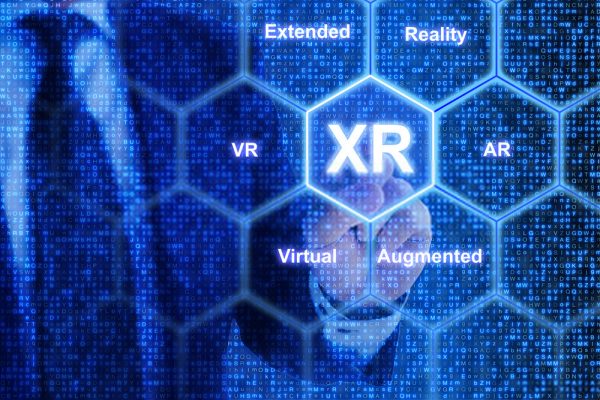

As mentioned earlier, XR basically encompasses AR and VR. At present, AR and VR operate separately, with each type of reality already working to extend reality as we know it. AR in phones, for example, lets you place filters on your face via Snapchat. And VR is able to transport you into the world of Resident Evil to visually experience its horrors firsthand.
The immersion of XR evidently doesn’t stop here, as a new type of reality, mixed reality (MR) is currently in the works. MR is truly ambitious indeed, as it seeks to toss AR and VR together as one. The emergence of MR demonstrates how well XR is viewed by the world, with experts projecting that the industry will be valued at $209 billion by 2022.
Types Of Extended Reality (So Far)
Putting that aside, let’s examine each of the three XR technologies that we have so far: AR, VR, and MR.
Augmented Reality (AR)


The first type of XR we have is AR. It is arguably the most widespread of the three because it is commonly used in smartphone apps. With AR, virtual objects are laid “on top” of real-world objects and spaces.
You can see AR technology at work by simply using a supported app on your tablet or phone. One of the best-known examples of this is probably Pokémon Go. This game utilizes AR in conjunction with your phone’s camera app and navigation technology to project Pokémon onto the real world. Pokémon are randomly all over your streets and parks, and you’ll have to physically visit these places to find and catch them.
AR is also used in social media, with Snapchat’s filters using the technology to let you place glasses, hats, or cat ears onto your selfies. In this way, the digital and real-world meet without immersing the user into an entirely separate world.
Virtual Reality (VR)
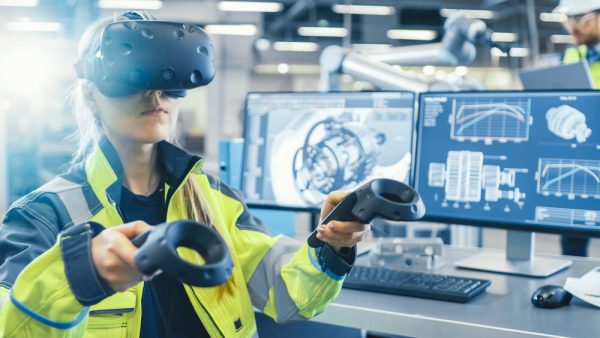

The next type of XR is VR. As you may already know, VR completely immerses you in an entirely different virtual world. Unlike AR, you can only see virtual realities through a VR headset for a 360-degree viewing experience. This essentially “transports” you into a virtual world that you can interact with.
Apart from video games, VR is also used by developers from different fields to create digital spaces for their projects. For example, a medical school might want to use VR to let students virtually conduct surgeries without running the risk of harming actual patients. Construction companies could also use VR to digitally simulate structures before using physical materials.
Mixed Reality (MR)
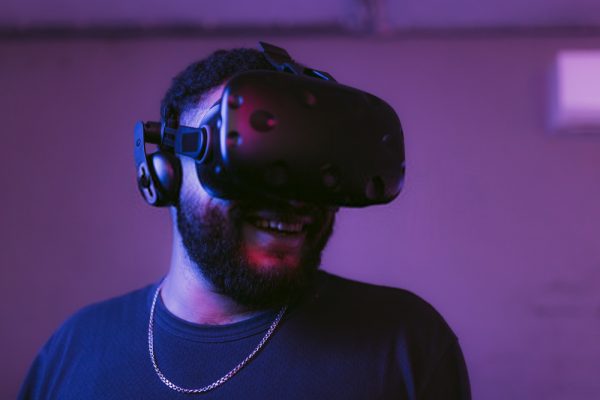

Lastly, we have the newest addition to XR in mixed reality (MR). As mentioned previously, MR intends to bring AR and VR together, allowing digital and physical objects to interact with each other in real-time.
Similar to VR, MR requires an MR headset to work and won’t function on a regular smartphone. Unlike VR and AR, however, MR requires much more processing power. The best example we have of this is Microsoft’s HoloLens. Through the HoloLens, you can place digital objects in your room and interact with them.
This can be useful in future virtual shopping experiences for clothes and furniture. However, companies and industries are still trying to find ways to utilize MR because it’s a relatively new technology.
Applications Of Extended Reality
As we’ve previously shown, XR has many uses in everyday lives. Of the three, AR is the most widely used because of how easy it is to integrate into smartphones. However, XR has many more applications apart from games and filters. Moreover, since XR is quickly growing, we’ll likely see more of it in the future. Here are just some of the ways you might find a use for XR in modern life.
Retail


Remember when you used to shop at malls to purchase clothes and accessories? How about going to IKEA to buy furniture for your new home? It’s safe to say that the online marketplace has redefined the shopping experience. eCommerce has taken a permanent place in today’s society and Amazon, Best Buy, and online shops are nearly irreplaceable.
However, XR has the potential to redefine shopping and change eCommerce, letting you shop online while also being able to try on the clothes.
Imagine trying on different Apple Watch straps with MR before hitting Add To Cart. How about skipping measurements and digitally placing IKEA furniture in your living room like a real-life Sims build mode? There are loads of uses for consumers and retailers that will redefine online shopping altogether.
Global Workforce
At this point, globalization has already taken root and many countries truly have a global workforce. Companies from the United States can hire remote workers from Japan and vice versa. However, there’s still a barrier to this because some types of work require physical presence. Hence, employees need to either relocate or settle for email and video-conferencing.
However, you can skip all of that and see each other virtually through XR. Imagine connecting or having virtual meetings with coworkers from around the world as if you’re all at one table. Employees could collaborate easier and keep travel expenses to a minimum.
Training
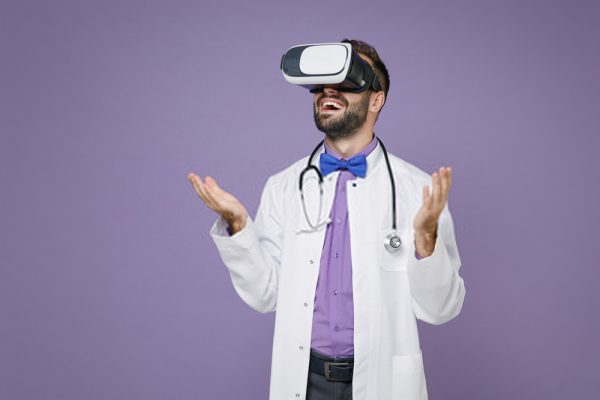

One of the best uses for XR is possibly training. It’s a great way to minimize risks while training healthcare professionals, pilots, astronauts, soldiers, and scientists in their field. Imagine no longer needing to fly a real plane as a pilot-in-training. Moreover, XR can also lower the cost of training because virtual environments are less pricey to build.
Real Estate
XR has applications for real estate that are similar to retail. We’re talking about viewing your potential home virtually before signing a deed of sale. No need to travel to a different state or country just to see the unit of your potential house. Moving to and purchasing a new home can be quick and easy for both the buyer and seller.
Entertainment
Of course, we can’t exclude the earliest adopter of XR: the entertainment industry. One of the first uses we’ve seen in entertainment is VR gaming. However, there is more potential for the entertainment industries to expand like creating immersive movies, shows, and experiences.
Imagine watching a play unfold right on your living room floor. You may also want to watch immersive movies with a 360-degree viewing angle. Perhaps you can try an escape room with elaborate physical and virtual props that interact in ways physical sets can’t. There’s also real potential for XR to create amusement park rides and shows.
Lastly, we saw a rise in virtual concerts with virtual effects because of the COVID-19 pandemic. Perhaps future physical concerts will incorporate some of those effects through XR glasses.
Communication
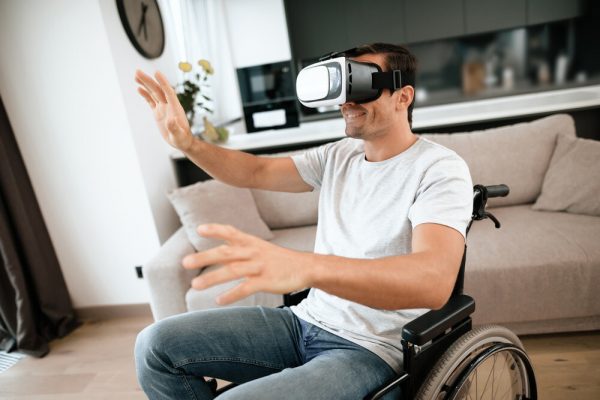

Lastly, we have promising potential uses in the field of communication. XR devices might replace our smartphones years into the future, with virtual “face-to-face” hangouts instead of video calls. This can help us stay and feel more connected to others even when physically apart.
Furthermore, the prospect of XR glasses takes away a bit of the communication barriers across languages. For example, these glasses could project captions and live-translate a foreign language, adding “real-life” subtitles to multilingual conversations. Moreover, it’s great for the deaf who could easily engage in conversations using live captions.
Obstacles Of Extended Reality


XR is capable of altering the human experience, and we already see this happening through the ways AR and VR are used. In fact, Goldman Sachs Extended Reality champion Heather Bellini said that smartphone and industry applications will accelerate XR’s growth. However, as with any new technology, there are still obstacles to growth. Here are just some of the challenges XR developers face with this new technology:
High Usage Costs
One of the most obvious hindrances to XR is cost. Of course, the cost of implementing AR in existing technologies like apps and smartphones is relatively low. However, if VR and MR want to expand, they need to make the equipment more accessible.
Right now, both VR and MR equipment are very expensive. While exciting VR games may hook gamers, there’s still no way to make VR more mainstream. Moreover, MR is relatively new and its uses are still limited. Hence, both VR and MR have yet to hit the masses and stay mostly in niche markets.
Data Privacy
Like any new technology, we face the touchy topic of data privacy. XR may have many positive life-changing uses, but they can be used for more sinister purposes in mediums like social media.
Like social media platforms, XR requires taking in personal information from users. Since XR needs to understand the user’s current environment to effectively implement themselves, it will memorize the dimensions of your home and can become fairly invasive. Developers face the challenge of following data protection requirements, and governments similarly need to proactively regulate these laws.
Furthermore, data privacy concerns might not sit well with the general public. That’s because public opinion regarding big tech companies compromising and abusing user data is already fairly negative. XR faces many ethical issues like this one, especially with it inherently being so invasive.
Technical & Design Challenges
Apart from cost and data privacy, XR also faces many digital and technical challenges. For example, Pokémon Go had an event that chalked up 20,000 participants and triggered a whole slew of network problems. Consequently, the event organizers faced millions of dollars in losses because the IT infrastructure couldn’t handle the traffic.
From this example, it’s clear that we need more advanced infrastructures to support XR technologies. That’s especially true if we want to make real-time connection and communication a reality.
Furthermore, XR equipment is usually bulky and unappealing. However, foregoing head-mounted devices aren’t an option at the moment given the technologies we have. That goes for both VR and MR headsets that, by nature, offer immersive experiences. Moreover, controlling these headsets poses a challenge because gestures and voice controls can only go so far.
Some Ways Left to Go
With all of that said, XR has great potential. It can change daily life and even replace our smartphones once the technology matures and lowers cost. However, it does have a few technical setbacks and challenges that developers need to face before Extended Reality becomes mainstream. This includes hurdles in technical infrastructures, design choices, data privacy issues, and high costs.
However, if developers and companies invest time and money in developing XR, we might usher in a whole new world. Global cultures and humanity itself will change. We can see Extended Reality changing how we communicate, connect, educate, and do business. It might just be as revolutionary as the internet or the smartphone.







